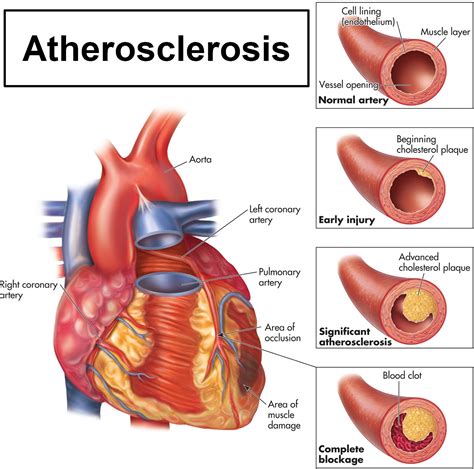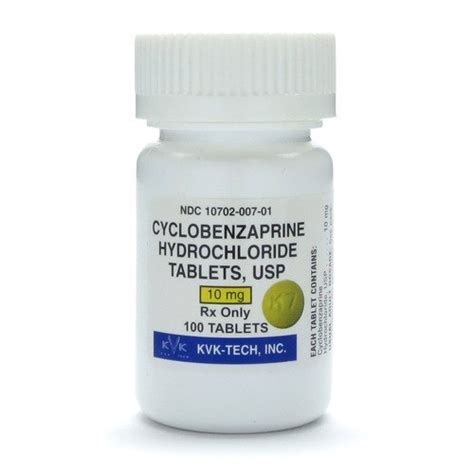Atherosclerosis of the aorta, a condition characterized by the buildup of plaque in the aorta, the largest artery in the body, poses significant risks to cardiovascular health. This buildup, over time, can lead to the narrowing and hardening of the arteries, a process known as atherosclerosis. The aorta, being the main highway for blood to travel from the heart to the rest of the body, plays a critical role in maintaining circulation and overall health. Management of atherosclerosis of the aorta is crucial to prevent complications such as heart attack, stroke, and even death.
Understanding Atherosclerosis of the Aorta
Atherosclerosis is not limited to the aorta; it can affect any artery in the body. However, when it affects the aorta, it can have far-reaching consequences due to the aorta’s central role in the circulatory system. The plaque that builds up in the aortic walls is composed of fat, cholesterol, calcium, and other substances found in the blood. As the plaque grows, it can either rupture, leading to a blood clot that blocks the artery, or it can gradually narrow the artery, reducing blood flow.
Risk Factors for Atherosclerosis of the Aorta
Several risk factors contribute to the development of atherosclerosis of the aorta. These include:
- Age: The risk increases with age, as the process of plaque buildup is gradual.
- High Blood Pressure: Hypertension can damage the inner lining of the aorta, making it more susceptible to plaque formation.
- High Cholesterol: Elevated levels of low-density lipoprotein (LDL) cholesterol, often referred to as “bad” cholesterol, can lead to plaque buildup.
- Smoking: Tobacco use is a significant risk factor, as it damages the inner lining of the blood vessels, making them more prone to narrowing and plaque buildup.
- Diabetes: High blood sugar levels can damage blood vessels and the nerves that control the heart.
- Obesity: Being overweight or obese can increase the risk of developing high blood pressure, high cholesterol, and diabetes, all of which are risk factors for atherosclerosis.
- Family History: Individuals with a family history of cardiovascular disease are at a higher risk.
Managing Risks and Improving Health
While some risk factors, such as age and family history, cannot be controlled, there are several steps that can be taken to manage and reduce the risks associated with atherosclerosis of the aorta.
Lifestyle Changes
- Dietary Modifications: Adopting a heart-healthy diet that is low in saturated fats, cholesterol, sodium, and added sugars can help manage cholesterol levels and blood pressure. Increasing intake of fruits, vegetables, whole grains, and lean proteins is recommended.
- Regular Physical Activity: Engaging in at least 150 minutes of moderate-intensity aerobic activity or 75 minutes of vigorous-intensity aerobic activity or a combination of both, along with muscle-strengthening activities, can help maintain a healthy weight, lower blood pressure, and improve lipid profiles.
- Smoking Cessation: Quitting smoking can significantly reduce the risk of developing atherosclerosis and other cardiovascular diseases.
- Weight Management: Maintaining a healthy weight through diet and exercise can reduce the risk of obesity-related conditions.
Medical Interventions
For individuals with high cholesterol or high blood pressure, medication may be prescribed to manage these conditions. Statins, for example, are commonly used to lower LDL cholesterol levels, while various antihypertensive drugs can help manage blood pressure.
Diagnosis and Monitoring
Diagnosing atherosclerosis of the aorta often involves a combination of physical examination, medical history, and imaging tests. These may include:
- Echocardiogram: To evaluate the heart’s function and structure.
- Chest X-ray: To provide an image of the heart and aorta.
- Computed Tomography (CT) Scan: To create detailed images of the aorta and detect any blockages or narrowing.
- Magnetic Resonance Imaging (MRI): For detailed images of the aorta and its branches.
Regular monitoring and follow-up appointments with healthcare providers are essential to track the progression of the disease and adjust treatment plans as necessary.
Potential Complications and Future Directions
Untreated atherosclerosis of the aorta can lead to severe complications, including aortic aneurysm (a bulge in the aortic wall), aortic dissection (a tear in the inner layer of the aorta), and acute aortic syndromes. These conditions often require emergency medical attention and can have high mortality rates if not promptly treated.
Research into atherosclerosis and cardiovascular diseases continues to uncover new insights into the underlying mechanisms and potential therapeutic targets. Emerging areas of interest include the role of genetics, the potential for regenerative therapies, and the development of more targeted pharmacological interventions.
Conclusion
Atherosclerosis of the aorta is a serious condition with significant implications for cardiovascular health. Understanding the risk factors and taking proactive steps to manage them can help improve health outcomes. Through a combination of lifestyle modifications, medical interventions, and ongoing monitoring, individuals can reduce their risk of developing atherosclerosis and its complications, leading to a healthier and longer life.
What are the primary risk factors for developing atherosclerosis of the aorta?
+The primary risk factors include age, high blood pressure, high cholesterol, smoking, diabetes, obesity, and family history of cardiovascular disease.
How can atherosclerosis of the aorta be diagnosed?
+Diagnosis often involves a combination of physical examination, medical history, and imaging tests such as echocardiogram, chest X-ray, CT scan, and MRI.
What are the potential complications of untreated atherosclerosis of the aorta?
+Untreated atherosclerosis of the aorta can lead to severe complications, including aortic aneurysm, aortic dissection, and acute aortic syndromes, which often require emergency medical attention.



